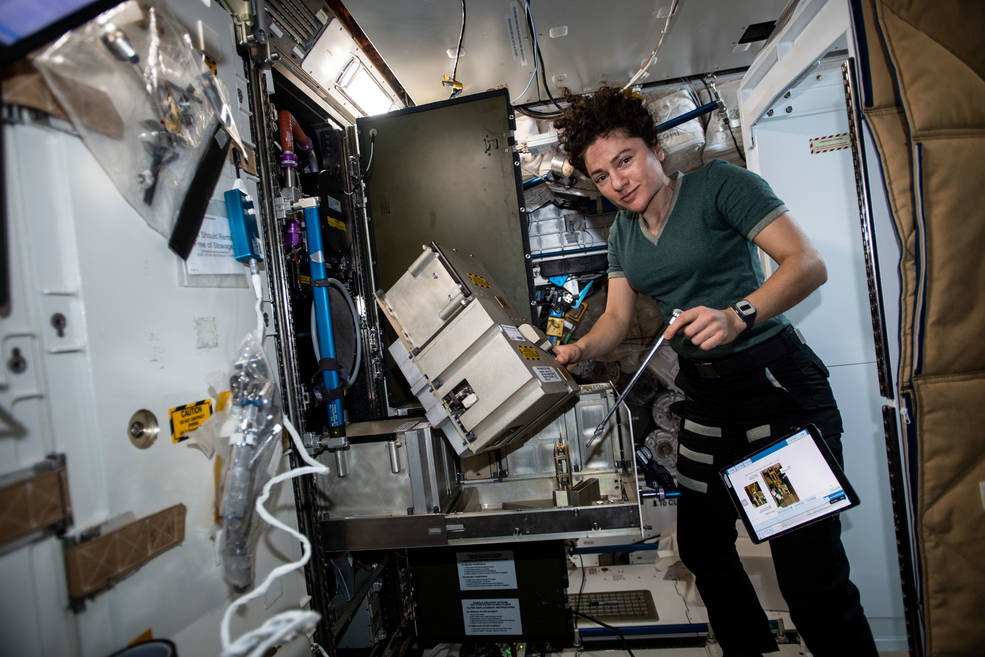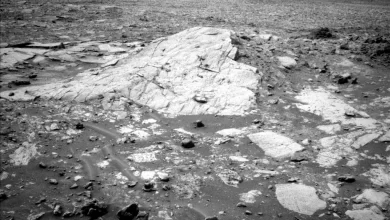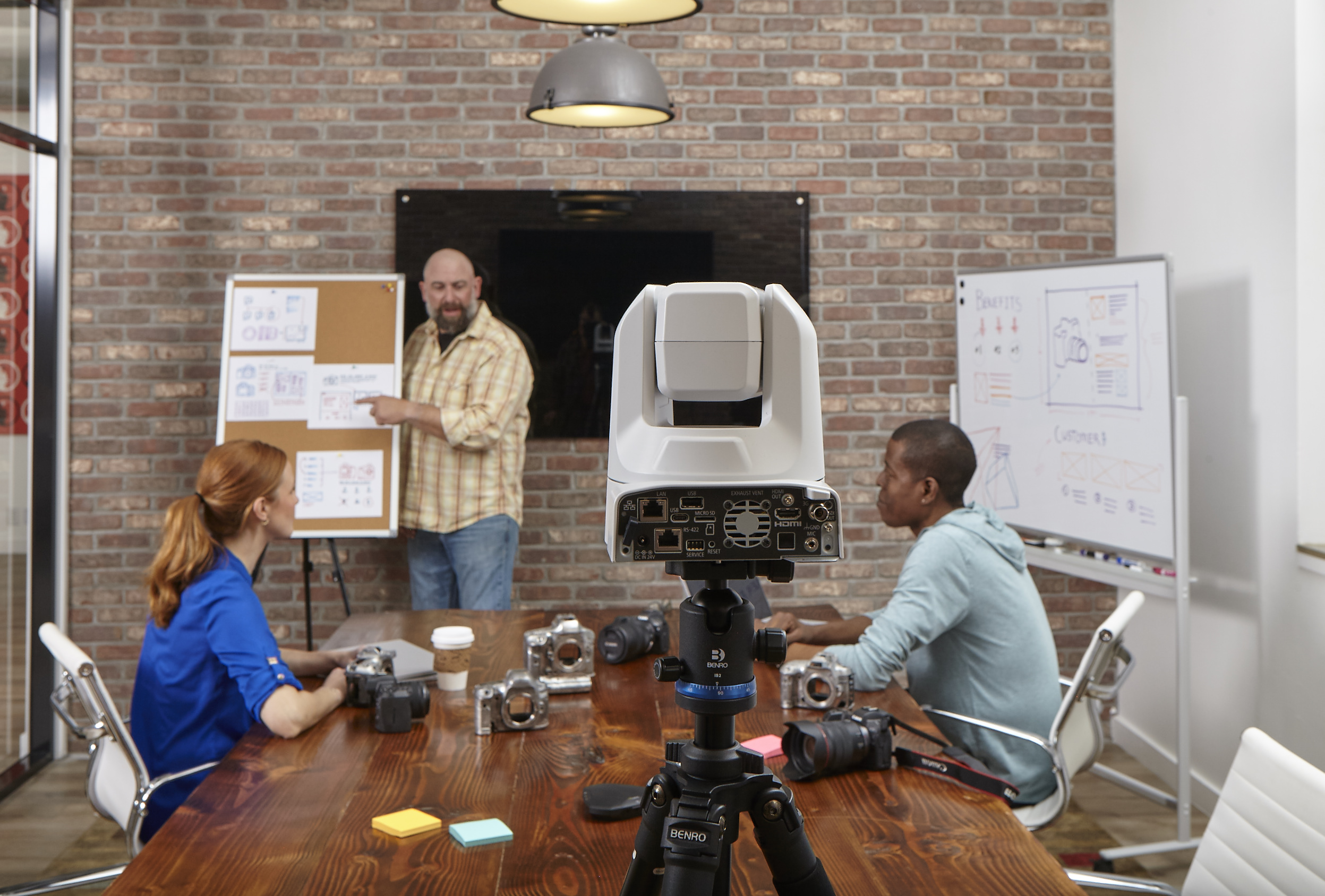Maine Students to Speak with NASA Astronauts Aboard Space Station

Students from Maine will have an opportunity next week to talk with NASA astronauts aboard the International Space Station who have special ties to the Pine Tree State. The Earth-to-space call will air live at 1:20 p.m. EDT Monday, April 13, on NASA television and the agency’s website.
NASA astronauts Christopher Cassidy and Jessica Meir will respond to questions recorded by students from across the state. Cassidy, who considers York, Maine, his hometown and Meir, who was born in Caribou, Maine, will be on the International Space Station together for eight days, following Cassidy’s arrival at the station on Thursday, April 9, and Meir’s departure on Friday, April 17.
The event is being coordinated by the Challenger Learning Center of Maine and the Maine Space Grant Consortium. The Challenger Center uses space-themed simulated learning to inspire students into STEM. The Challenger Center of Maine is also sending well-wishes from Maine locals to Cassidy regarding his launch to the space station. The Maine Consortium is a member of NASA’s National Space Grant College and Fellowship Program, which works to expand opportunities for Americans to understand and participate in NASA’s projects through science and engineering education and research. Special recorded messages from U.S Sens. Collins and King of Maine will be included in the downlink event.
Linking students directly to astronauts aboard the space station provides unique, authentic experiences designed to enhance student learning, performance and interest in science, technology, engineering and mathematics. Astronauts living in space on the orbiting laboratory communicate with NASA’s Mission Control Center in Houston 24 hours a day through the Space Network’s Tracking and Data Relay Satellites (TDRS).
For nearly 20 years, astronauts have continuously lived and work on the space station, testing technologies, performing science and developing the skills needed to explore farther from Earth. Through NASA’s Artemis program, the agency will send astronauts to the Moon by 2024, with eventual human exploration of Mars. Inspiring the next generation of explorers – the Artemis Generation – ensures America will continue to lead in space exploration and discovery.
Follow America’s Moon to Mars exploration at:
Follow NASA astronauts on social media at:
See videos and lesson plans highlighting research on the International Space Station at:





